49 pages • 1 hour read
Stephen KingCarrie
Fiction | Novel | Adult | Published in 1974A modern alternative to SparkNotes and CliffsNotes, SuperSummary offers high-quality Study Guides with detailed chapter summaries and analysis of major themes, characters, and more.
Summary and Study Guide
Overview
Stephen King’s Carrie is a supernatural horror novel originally published in 1974—the fourth novel King wrote but the first he published. The work became a bestseller upon the release of its paperback edition, setting King’s career in motion, and continues to be highly regarded. In the 1990s schools frequently banned it for its violent content, depictions of sexuality, and portrayal of fundamentalist Christianity. Carrie has been adapted several times, most notably as a 1976 film by Brian De Palma that has become a touchstone of horror cinema, and also as a 1988 Broadway musical, a 1999 film sequel, a 2002 television film, and a 2012 remake of the 1976 film.
Today, King enjoys widespread recognition as the supreme practitioner of American horror. He has published 64 novels and over 200 short stories, winning several awards for horror and fantasy as well as a National Medal of the Arts for his contributions to literature.
This study guide refers to the 2013 Anchor Books edition.
Plot Summary
Carrie is set in the fictional small town of Chamberlain, Maine, during 1979. It contains two different modes of narration. The first is epistolary and comprises excerpts from newspapers, scholarly works, committee hearings, and autobiographies of survivors, the latest of which dates to 1988. The excerpts explore what caused Carrie to unleash so much destruction. The other (and dominant) form of narration is a third person limited omniscient narrator who reports events objectively. Occasionally, parenthetical asides feature the direct thoughts of the characters in a stream-of-consciousness style. This linear narration focuses on the events leading up to Carrie’s cataclysmic slaughter of Chamberlain.
When the novel begins, Carrie White, a 16-year-old girl bullied for her dowdy appearance and fundamentalist Christian beliefs, has her first period in a locker-room shower after a high school physical-education class. Because Carrie’s mother Margaret is a physically abusive religious extremist who abhors any mention of sexuality, Carrie doesn’t realize she is menstruating and believes she is bleeding to death.
One of her classmates, Chris Hargensen, a cruel but very popular girl, whips the other girls into a frenzy, taunting Carrie and throwing tampons and sanitary napkins at her as she cowers. Sue Snell, a member of Chris’s clique, is part of the crowd and participates in the assault. Miss Desjardin, the physical-education teacher, hears the ruckus and stops the assault. She cleans up Carrie and explains menstruation to the terrified girl. While Carrie walks home from school, she exercises her ability to move objects with her mind—a mysterious power that she only remembers using once before, when she was four and caused stones to rain upon her house. When Carrie returns home, her mother, having found out about her period, locks her in a closet to pray, believing women are inherently sinful.
The next day, Miss Desjardin attempts to punish the rest of the girls for the assault and threatens that if they don’t accept the punishment they cannot attend prom. All of the girls comply except Chris Hargensen, who attempts to have her lawyer father gain her leniency. When this doesn’t work, Chris is banned from attending the prom and grows vengeful. She and her delinquent boyfriend, Billy Nolan, plot revenge on Carrie.
As Carrie broods over the constant bullying at school and abuse at home, she exercises her telekinesis, growing increasingly powerful. Her memories of using her power also grow clearer, and Carrie discovers that while she has had the ability her entire life, menstruation has given her the ability to control them with practice.
Sue Snell feels immense guilt over taking part in the locker-room assault and attempts to atone by having her boyfriend, Tommy, take Carrie to prom. When Tommy asks Carrie, she agrees to go despite her suspicions. Carrie makes a velvet dress to wear to the prom, but her mother deems it too revealing and forbids Carrie to go. Carrie is very powerful by this point, however, and she can force her mother to do anything she wants.
When Chris and Billy discover Carrie is going to the prom, Chris rigs the election and ensures that Carrie and Tommy will be elected prom king and queen. At first, Carrie has a wonderful time with Tommy and experiences her first human connection. However, when she and Tommy go onstage to be crowned King and Queen, Chris dumps a bucket of pig’s blood on Carrie. Her shocked classmates can only respond with laughter.
Humiliated, Carrie flees the school, but her rage overtakes her and she returns to the gym. She initially intends to lock the doors and soak everyone with the sprinklers, but the water short-circuits the band’s equipment and electrocutes a few people. A fire then starts that kills virtually everyone trapped inside. As Carrie walks home, she inflicts massive damage on the town, opening gas lines and starting fires that burn most of the town and kill hundreds of people. When she returns home, her mother reveals that she became pregnant with Carrie through marital rape and, believing Carrie is possessed by Satan, stabs her with a large knife. Carrie, fatally wounded, stops her mother’s heart.
Carrie walks to the roadhouse where she was conceived and destroys it, killing Billy and Chris. She lays on the ground, exhausted and dying, to look at the stars. During her rampage, Carrie was projecting her thoughts into the minds of others, allowing Sue to track her down. She and Carrie communicate telepathically, and Sue assures Carrie that she and Tommy weren’t trying to trick her. Comforted, Carrie dies, calling out for her “Momma.”
In the aftermath, more people want to leave Chamberlin than stay and rebuild, leading to the town’s decline. Miss Desjardin resigns and vows not to teach again. A government study concludes that telekinesis is not unique to Carrie. Sue Snell writes a book about her experiences, in which she attempts to shed light on Carrie’s humanity. In the Appalachians, a young baby begins to display powers similar to Carrie’s.
Related Titles
By Stephen King

11.22.63
Stephen King

1408
Stephen King

Bag of Bones
Stephen King

Billy Summers
Stephen King

Children of the Corn
Stephen King

Cujo
Stephen King
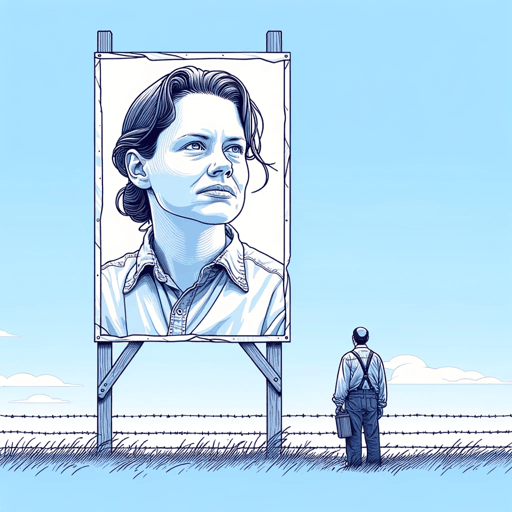
Different Seasons
Stephen King
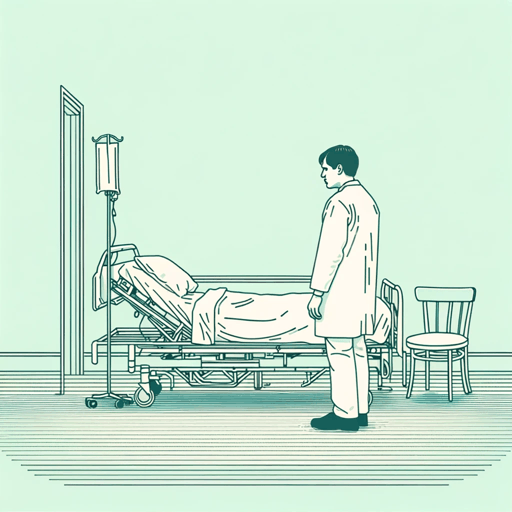
Doctor Sleep
Stephen King
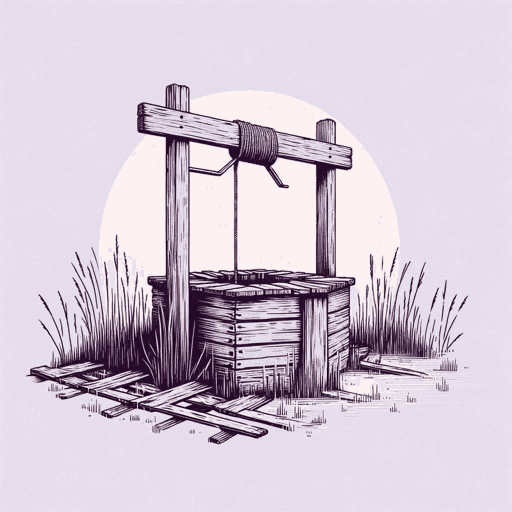
Dolores Claiborne
Stephen King

Duma Key
Stephen King
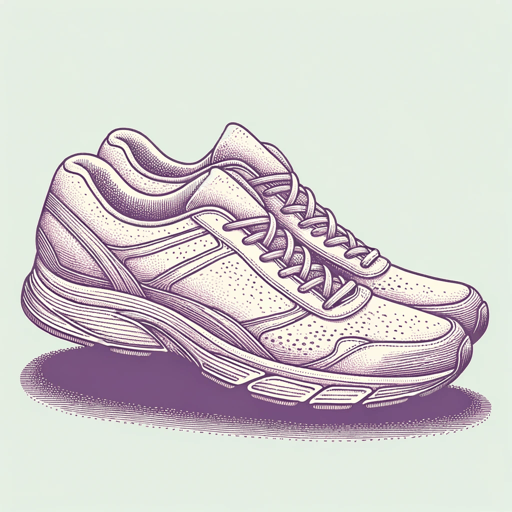
Elevation: A Novel
Stephen King

End of Watch
Stephen King
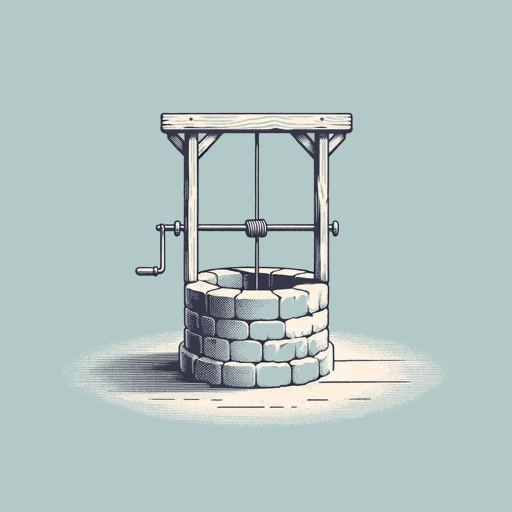
Fairy Tale
Stephen King

Finders Keepers
Stephen King

Firestarter
Stephen King

From a Buick 8
Stephen King

Full Dark, No Stars
Stephen King
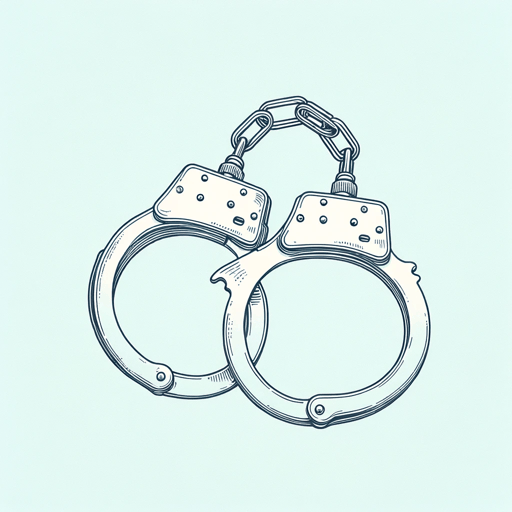
Gerald's Game
Stephen King

Gwendy's Button Box
Stephen King, Richard Chizmar

Holly
Stephen King

